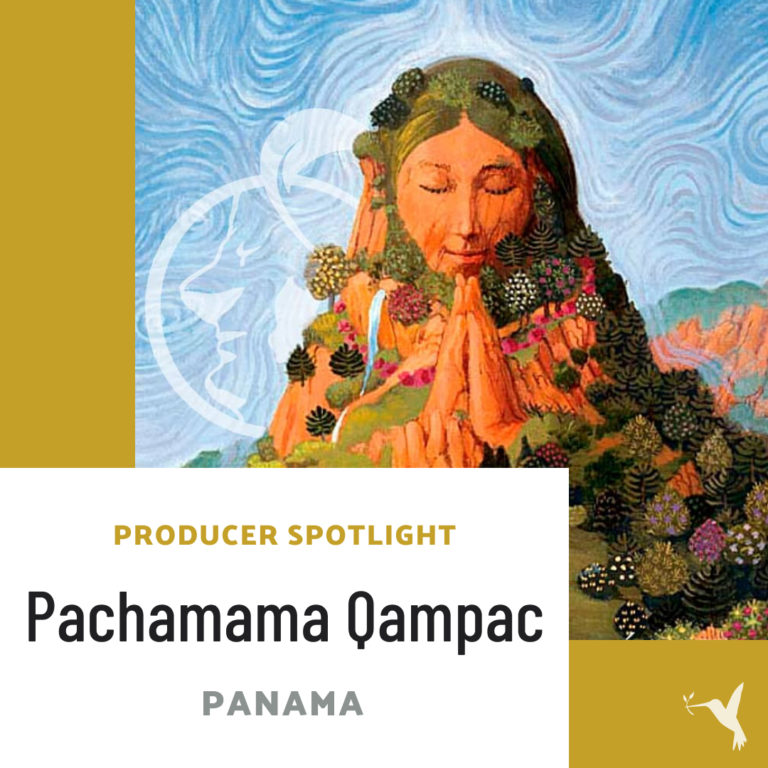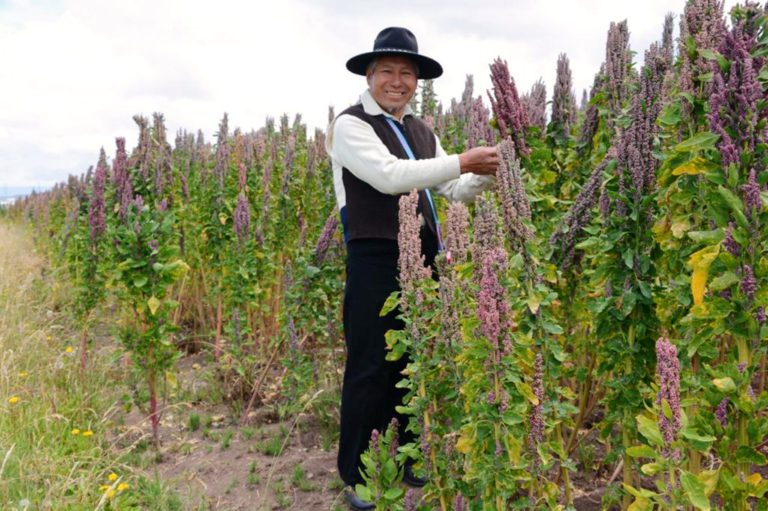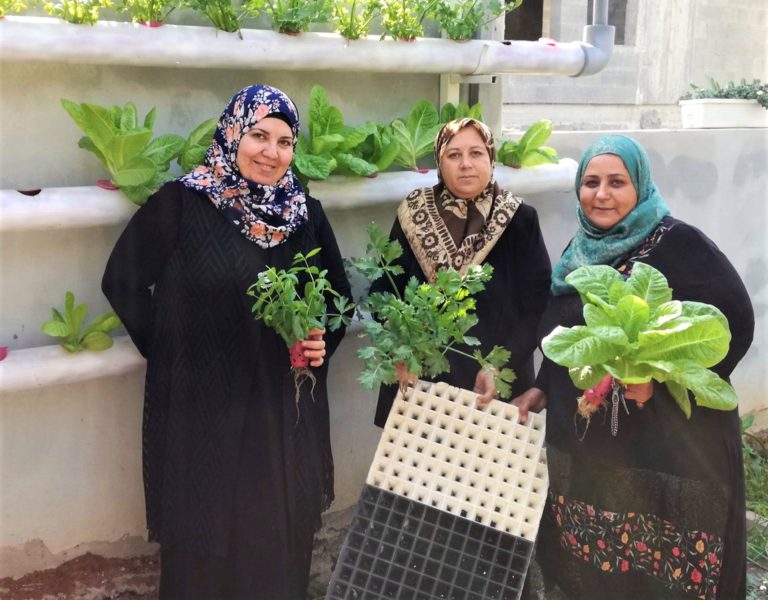Producer Spotlight: Cooperativa Agroindustrial Machupicchu
Creating a Farmer Co-op in Andahuaylas, Peru
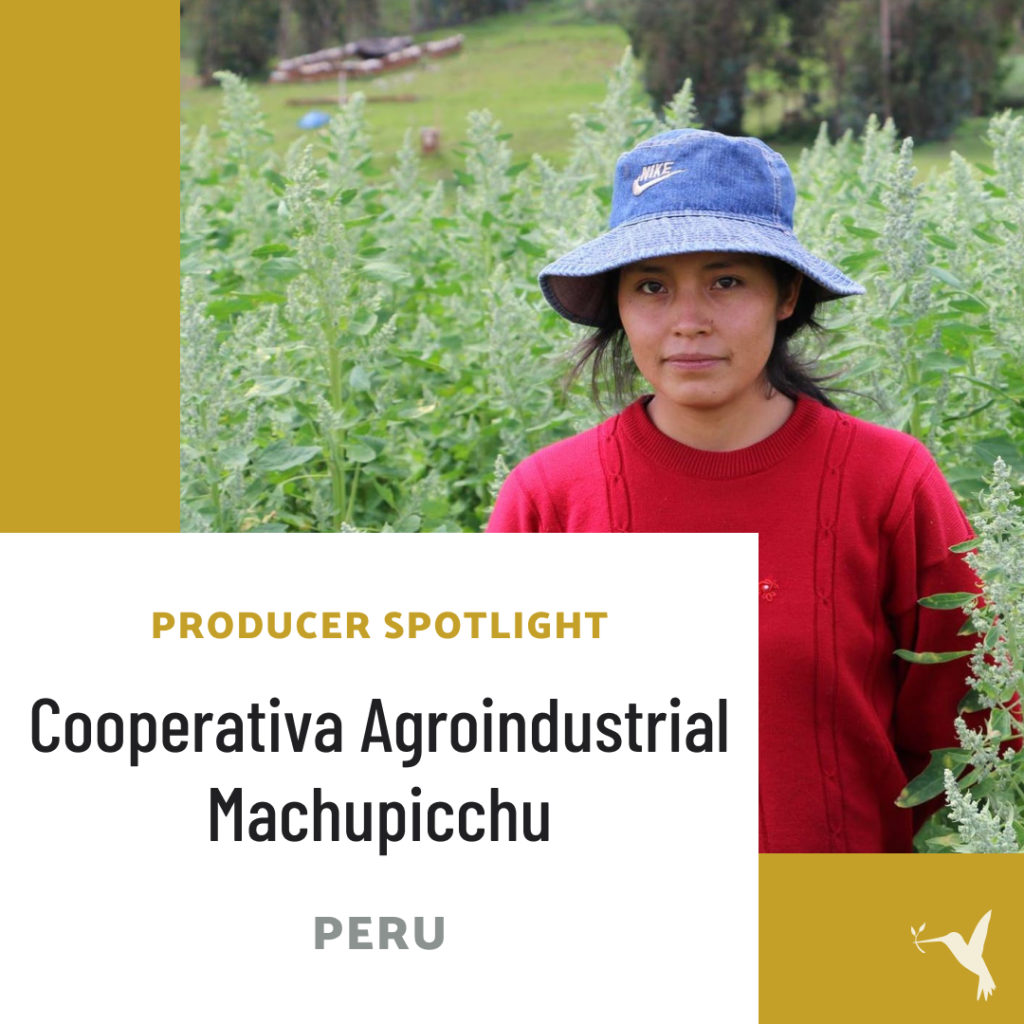
Forming a farmers’ cooperative was the best strategy imaginable for producers in Andahuaylas, Peru. And so, the Cooperativa Agroindustrial Machupicchu was born.
Recently, I had the pleasure of chatting with Edith Huaman Orozco. She is the general manager of the Cooperativa Agroindustrial Machupicchu.
In our conversation, Edith spoke about the co-op’s origins and their experience with traceability. She shared with me the impact of certifications and provided insight on Andean grains like quinoa and amaranth.
The Cooperativa Agroindustrial Machupicchu is situated in the department of Apurimac, in the province of Andahuaylas, Peru.
Their associates produce organic grains like quinoa, kiwicha (amaranth), and chia seeds. Most small-scale farmers own a few plots of land, measuring between ¼ and 1 hectares where they cultivate different crops on rotation. Their harvests are partially for personal or home consumption.
The price of quinoa has tripled in the last six years as consumption skyrocketed. Spain alone currently consumes up to 175 tons a year. However, it has been a nutritional pillar for Andean populations for over 5,000 years.
Remaining harvests can be commercialized. That’s where the Cooperativa Agroindustrial Machupicchu comes in.
The Cooperativa Agroindustrial Machupicchu takes care of the storage and quality assurance (grain size, humidity, sanitary conditions, packaging) required to meet their clients’ standards. Then they gather the products and package them for sale.
Producers used to rely on merchants for this service. Once the co-op was established, they had the opportunity to certify their products under an internationally-recognized organic certification. In addition, the Cooperativa Agroindustrial Machupicchu began making direct offers to export companies. Some of these companies are now their biggest clients.
In the last few years, they made successful efforts to tap directly into the international market. Thanks to the cooperative’s Fair Trade certification, producers now reach clients overseas who only buy from certified organic and fair trade sources.
This move would have been impossible a few years ago.
Apurimac, Andahuaylas is a purely agricultural area. Farming is the predominant economic activity in the region. It is even larger than livestock farming. Edith’s parents and grandparents are farmers.
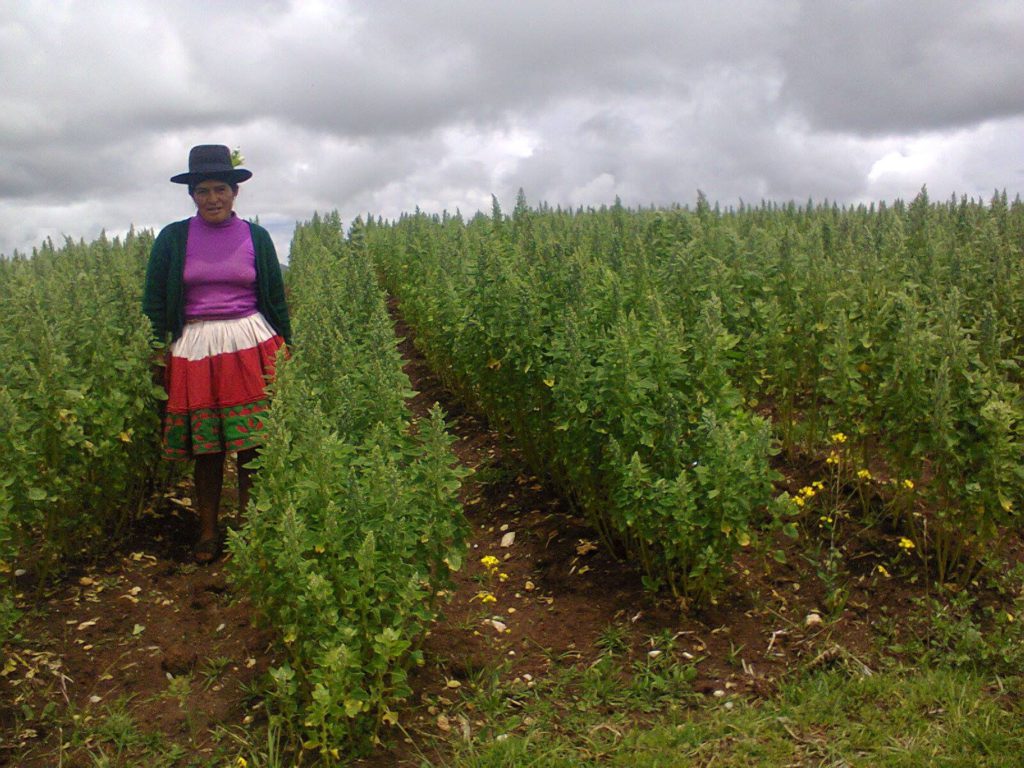
Edith had the opportunity to study economics and administration in Cuzco, with the aim of better understanding the markets open to her family and community.
The Origin of the Cooperativa Agroindustrial Machupicchu
The year was 2011. Edith had gone home for vacation. One morning, her father asked her to go to the municipality on his behalf. He wanted her to ask a buyer about the prices for quinoa and amaranth that year.
She went to a meeting that was taking place at the municipality that day. The room was packed with producers from all over the valley.
The buyer was from Lima. At that time, he was the only buyer of Andean grains in Andahuaylas. Farmers were just starting to produce at high volume to meet growing market demand.
“The buyer that day was a catalyst,” Edith tells me during our interview. “He was a bully, holding his role over the farmers’ heads, almost pleased with their lack of alternatives outside of himself as an intermediary.
Edith Orozco
“And in a sense, he was right. He was the only one setting terms that day.”
The buyer spoke to one of the more prolific producers—the only one who had generated over 10 tons of product. He openly berated him over his prices, which were no higher than what he would pay in Cuzco or Ayocucho. Bascially, he chastised the producers for charging standard market prices.
Unfortunately, he wasn’t wrong about his advantageous position. Farmers conceded to him. And though many complained about a lack of fair compensation, the buyer had the final word that day. He left with harsh criticism of product quality.
“I believe there was no quality control back then. There was no way to protect the product from rotting without the use of clean, humidity-controlled, appropriate storage and conditions,” Edith adds.
It was a painful situation for her to witness. Soon after, when her father’s harvest was ready, she saw how a buyer from Puno took advantage of his need. He paid much less than the market price.
Edith was plagued by feelings of impotence.
“That’s when it hit me: why don’t we form a cooperative?”
This way, the producers could combine their output, invest in certifications, control for quality, and reach better markets directly.
This solution would also guarantee farmers a market where they could demand a fair price for their work. They would no longer be forced to settle for whatever buyers felt like paying.
The original plan was to transform an already existing organization of producers into a cooperative. However, that year Edith met Alfredo Vazquez, an agronomist from Cuzco. Alfredo was a representative of a non-profit organization from Belgium. Their mission is to promote the production of quinoa for broader commercialization. They help farmers produce at a larger scale and thus earn more money.
It was Alfredo who had introduced the quinoa buyer to their community in the first place.
Edith asked him, Instead of going through the merchant first, why not sell directly to markets?
Alfredo pointed out a sobering fact. It is the buyer who pays for the organic certification. No selling or exportation can happen without it.
Cooperativa Agroindustrial Machupicchu: The Idea Is Born
Edith shared her idea of creating a cooperative. What would happen if they were to create one themselves? That got him excited. Alfredo and Edith each put down 5,000 soles in an effort to ground their plans. Poetically, the next investor was the prolific farmer in the community who had produced over 10 tons of quinoa. He was the same one that the middleman said he wouldn’t buy from again.
This put them at 15,000 soles to start out.
Edith drew on contacts and resources of all sorts to form the cooperative. She recruited the help of a local credit and savings cooperative. Together, they created a presentation for the farmers about forming a co-op. They wanted to show them how it worked, the advantages and disadvantages, and everything they needed to know.
It took a shift in strategies to get farmers excited about a new model. Edith and Alfredo gathered the leading producers at the home of José Salazar (producer from the municipal meeting in the valley). Over 20 producers showed up. Once again, Edith shared the plan to start a cooperative.
This time, the response was different.
“We saw the desire and excitement in the room and we proposed that everyone come back the next week with 100 soles to start. From there we would start delegating. The following Friday, 12 people showed up with the capital investment. These were the folks most committed to the project. And that’s how it all started.”
Edith Orozco
They certified their product at once and found a client willing to pay a better price. They became more competitive and attracted more producers to the co-op.
Alfredo left not long after. His departure opened a key position of leadership. The co-op stumbled its way forward, delegating leadership to one of its producers. Edith quickly learned that farmers don’t have the time to lead, keep a strategic eye on the cooperative—and also be farmers.
A Step Into Leadership
Edith stepped up to the plate and quit her former job. With her at the reins of the operation, the co-op continued to secure earnings for farmers to support their families. As a result, the cooperative began to lead the community out of poverty.
They found allies in the local government and nonprofits and began to take action in multiple directions. The Cooperative made changes to the quinoa seeds and developed a less bitter product. They also increased the scale of production and introduced organic methods. The co-op made Apurimac known for its premium quinoa.
Today, Andahuaylas is known to produce the highest-quality quinoa in Peru.
Check out Cooperativa Agroindustrial Machupicchu’s producer profile on Producers Market to learn more about their mission and product.

